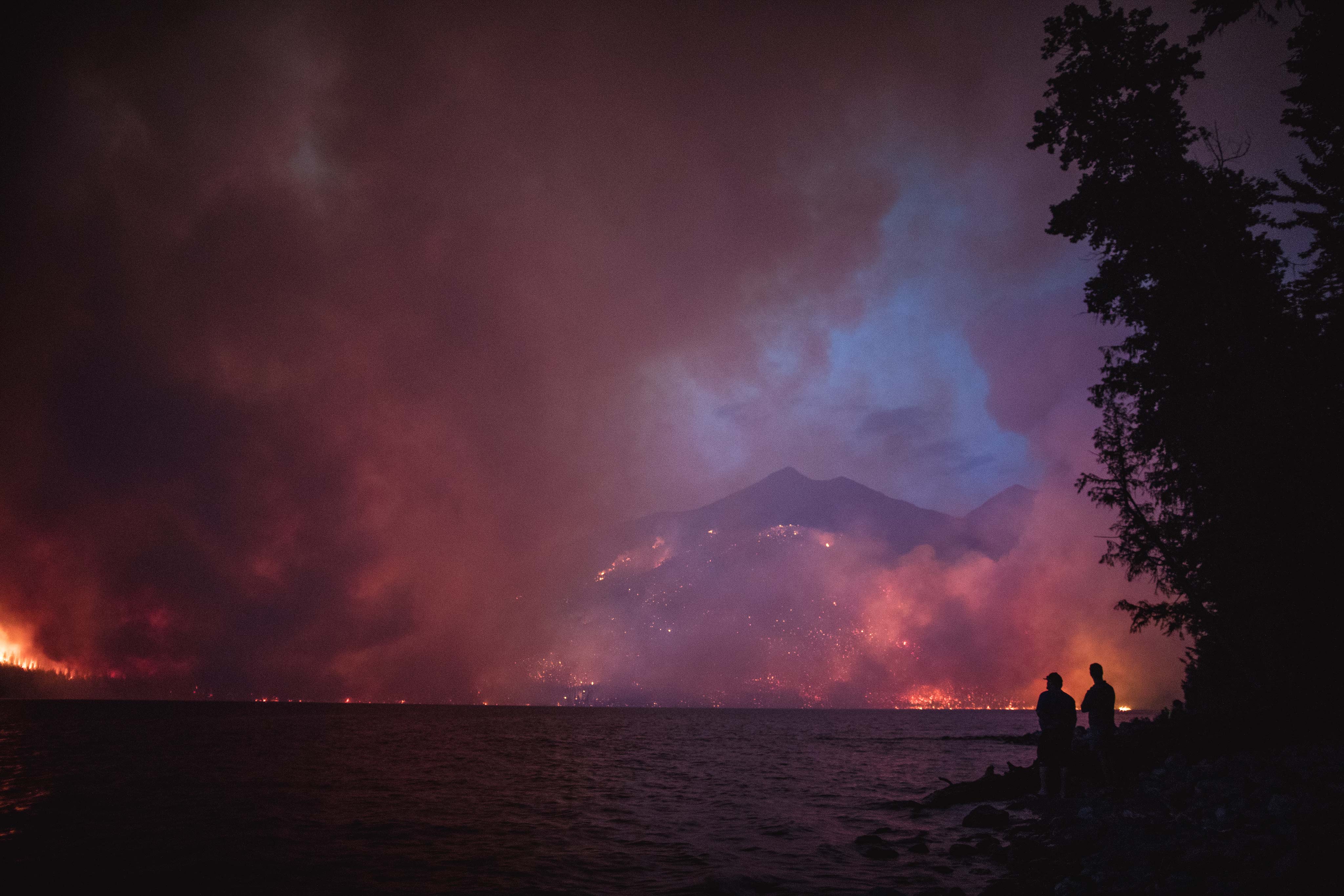It seems to me that I recall a study that looked at this very question.
Beyond equilibrium climate sensitivity
Wow it looks like quite a few have ranges that extend below 1C and have ranges that extend up to 10C.
View attachment 67467625
Yet another example of you quoting a paper that disagrees with your position:
"The consensus
‘likely’ range for climate sensitivity of 1.5-4.5 C today is the same as given by Jule Charney in 1979,
but is now based on quantitative evidence from across the climate system, and through climate history. "
(likely means >66%)
Further...
"There is strong evidence, however, that a credible representation of the mean climate and variability is difficult to achieve in current models with equilibrium climate sensitivities below 2°C, and current GCMs favour sensitivities near 3°C or above (see Methods). This is consistent with the argument that water vapor and lapse rate combined would almost double the black body response to near 2°C, and with the surface albedo feedback being positive, a strongly negative cloud feedback (or a large part of the recent warming being of natural origin) would be needed to explain a low sensitivity 24,25, which is not supported by observations and attribution studies 7. Recent progress in estimating cloud feedbacks therefore leads to a “null hypothesis” for ECS above 3°C based on the robustly quantified feedbacks 26–29. Few studies have used climatological mean constraints 30 or decadal prediction bias tendencies to constrain TCR 31. Overall, the raw range of ECS values in CMIP5 as well as emergent constraints from selected
observations and CMIP5, and analysis of feedbacks favour the upper half of the IPCC ECS range (Figure 3)"
"
Conclusions and implications for research and policy
The goal of this review is not to come up with a single number or range for ECS based on a rigorous mathematical framework. Indeed that is very challenging given the various methods, assumptions, datasets and models used in all the studies. Our overall assessment of ECS and TCR is broadly consistent with IPCC 7 but concerns arise about estimates of ECS from the historical period that assume constant feedbacks,
raising serious questions to what extent ECS values less than 2°C are consistent with current physical understanding of climate feedbacks.
A value of around 3°C is most likely given the combined evidence and the recognition that feedbacks change over time."
Going back to your picture, most of those outliers are gray lines. Did you see the notes for these figures?
"Some studies show quite different ranges compared to other lines of evidence. However,
many of these have not held up to tests estimating a model’s known sensitivity, robustness tests or evaluation of their assumptions. These studies, those estimating somewhat different quantities, those arguing that there is no reliable constraint, and all those before 2008 (approximately predating the IPCC Fourth Assessment Report in 2007 and our earlier review)
are marked in grey to indicate that those might not be the most reliable estimates, although we recognize that this is a judgement call and others might come to slightly different decisions on grey versus colored lines. The overall aim of the figures is to show the wide range of research on this topic, realizing that a like with like comparison of different estimates is difficult.
The categorization, discussion and assessment of the many studies is solely the view of the authors of this review, but the overall conclusions do not depend on these choices."
On a final note, once again, NOT a single climate scientist combines ECS with TCR ranges showing just exactly how much you know about the climate science.

